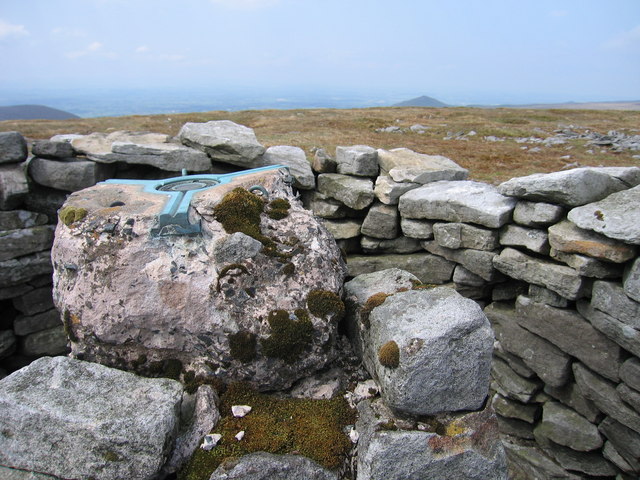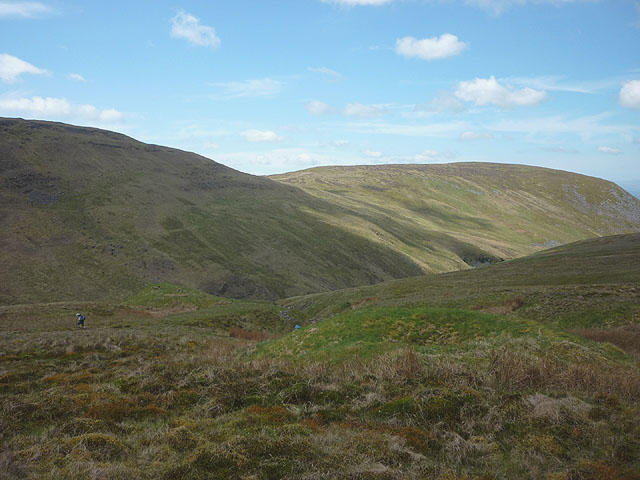Warcop Fell
Downs, Moorland in Westmorland Eden
England
Warcop Fell
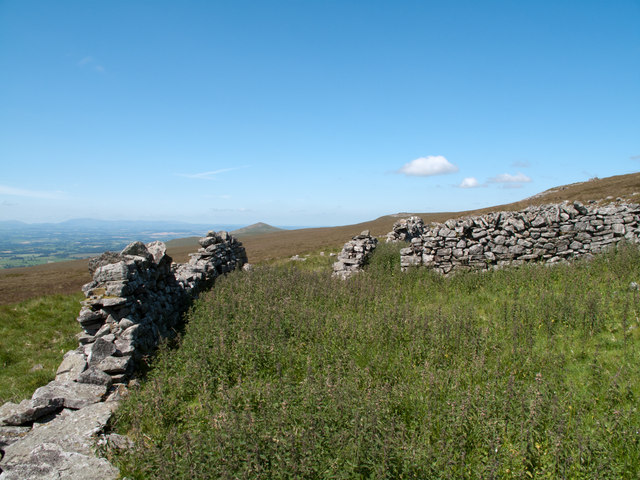
Warcop Fell is situated in the county of Westmorland, in the region of Cumbria, in north-west England. It is a vast expanse of open moorland and rolling hills, offering stunning views of the surrounding countryside. The fell is characterized by its rugged terrain, with a mixture of heather-covered slopes, rocky outcrops, and grassy meadows.
Warcop Fell is a popular destination for hikers and outdoor enthusiasts, with numerous walking trails and footpaths crisscrossing the landscape. The fell is also home to a variety of wildlife, including birds of prey, sheep, and ponies.
The area is steeped in history, with evidence of ancient settlements and burial mounds scattered throughout the landscape. The fell is also dotted with remnants of old mining operations, a reminder of the area's industrial past.
Overall, Warcop Fell offers visitors a peaceful and remote escape from the hustle and bustle of modern life, with its unspoiled natural beauty and tranquil atmosphere.
If you have any feedback on the listing, please let us know in the comments section below.
Warcop Fell Images
Images are sourced within 2km of 54.576278/-2.3312036 or Grid Reference NY7820. Thanks to Geograph Open Source API. All images are credited.
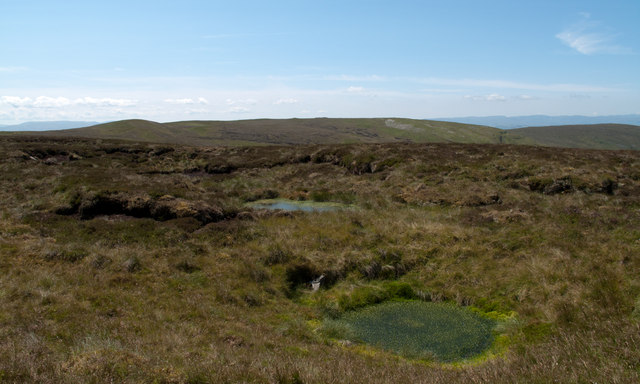
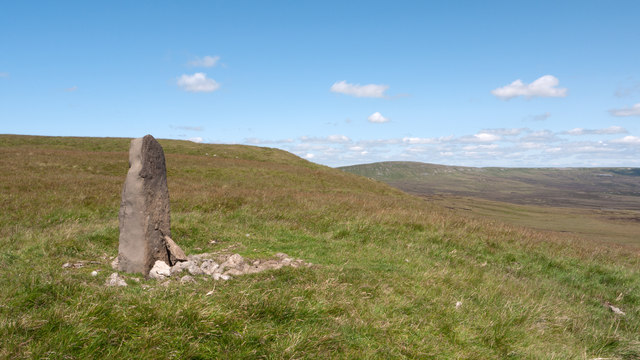
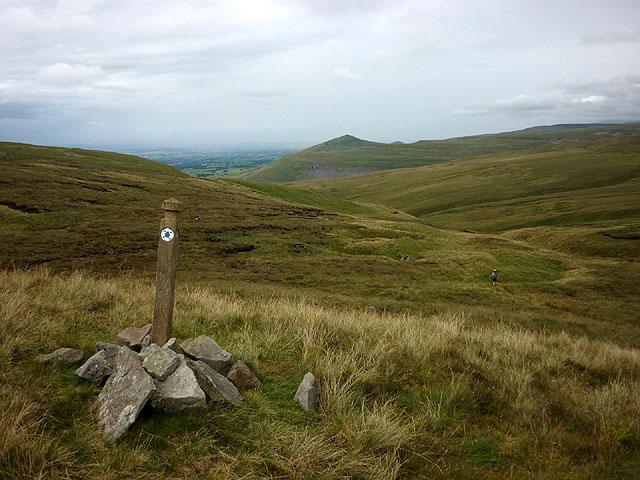
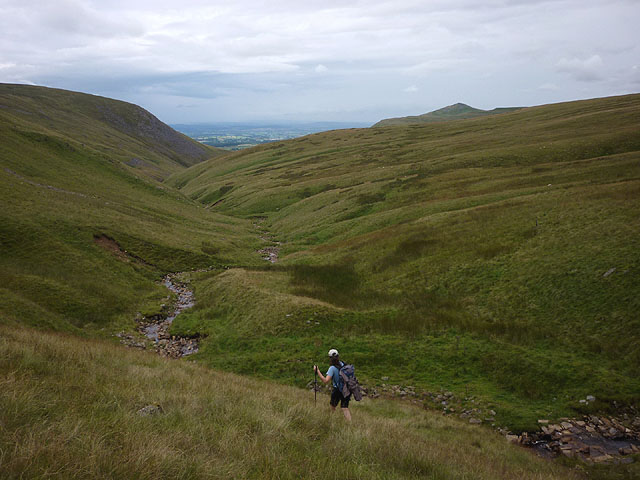
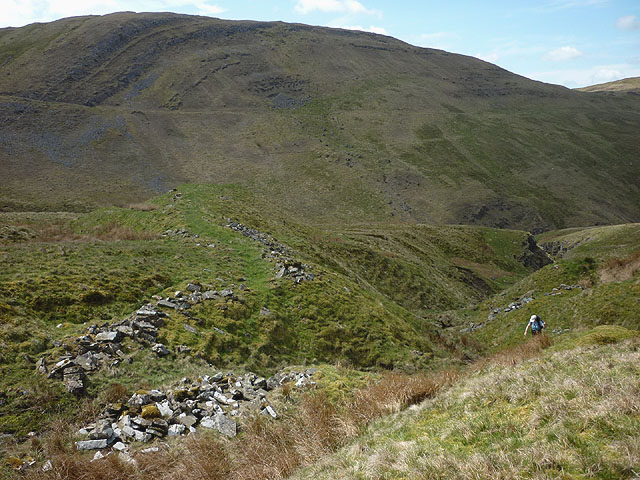


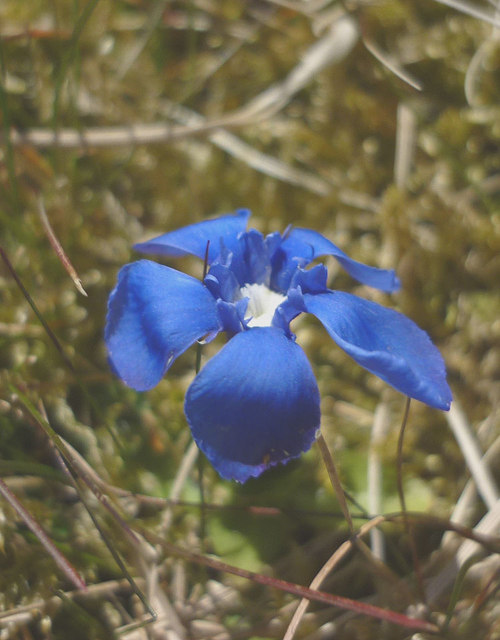
Warcop Fell is located at Grid Ref: NY7820 (Lat: 54.576278, Lng: -2.3312036)
Administrative County: Cumbria
District: Eden
Police Authority: Cumbria
What 3 Words
///requests.eating.clocking. Near Appleby-in-Westmorland, Cumbria
Nearby Locations
Related Wikis
Fox Tower, Cumbria
Fox Tower is a tower built by John Metcalf Carleton, an industrial entrepreneur, as a folly in 1775 on his large estate next to Brough, a village in Cumbria...
Helbeck
Helbeck is a settlement and civil parish near the village of Brough, in the Eden district, in the county of Cumbria, England. There is a wood called Helbeck...
Mickle Fell
Mickle Fell is a mountain in the Pennines, the range of hills and moors running down the middle of Northern England. It has a maximum elevation of 788...
Murton, Cumbria
Murton is a small village and civil parish in the Eden District of Cumbria, England. The parish had a population of 330 in 2001, rising to 360 at the 2011...
Have you been to Warcop Fell?
Leave your review of Warcop Fell below (or comments, questions and feedback).

